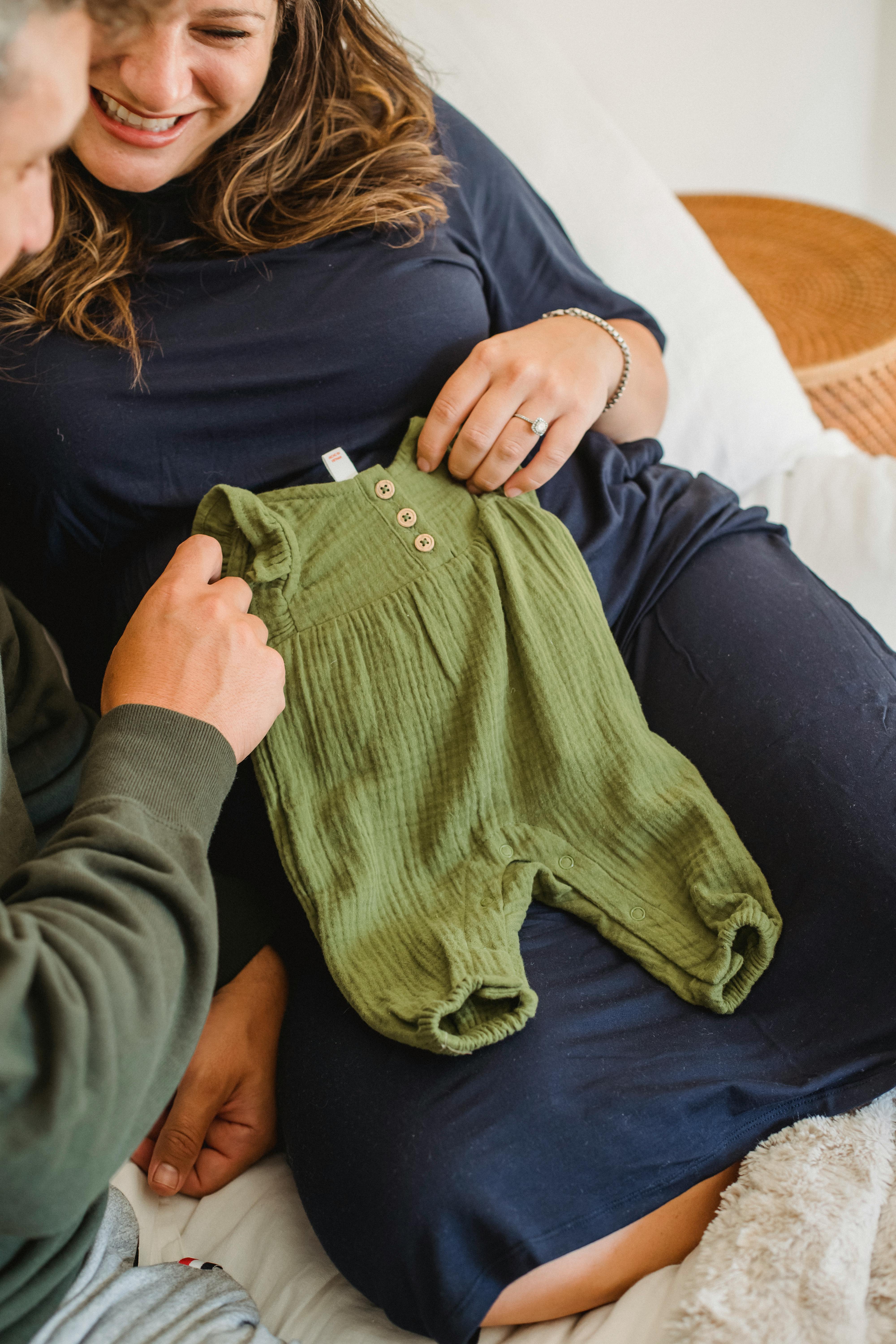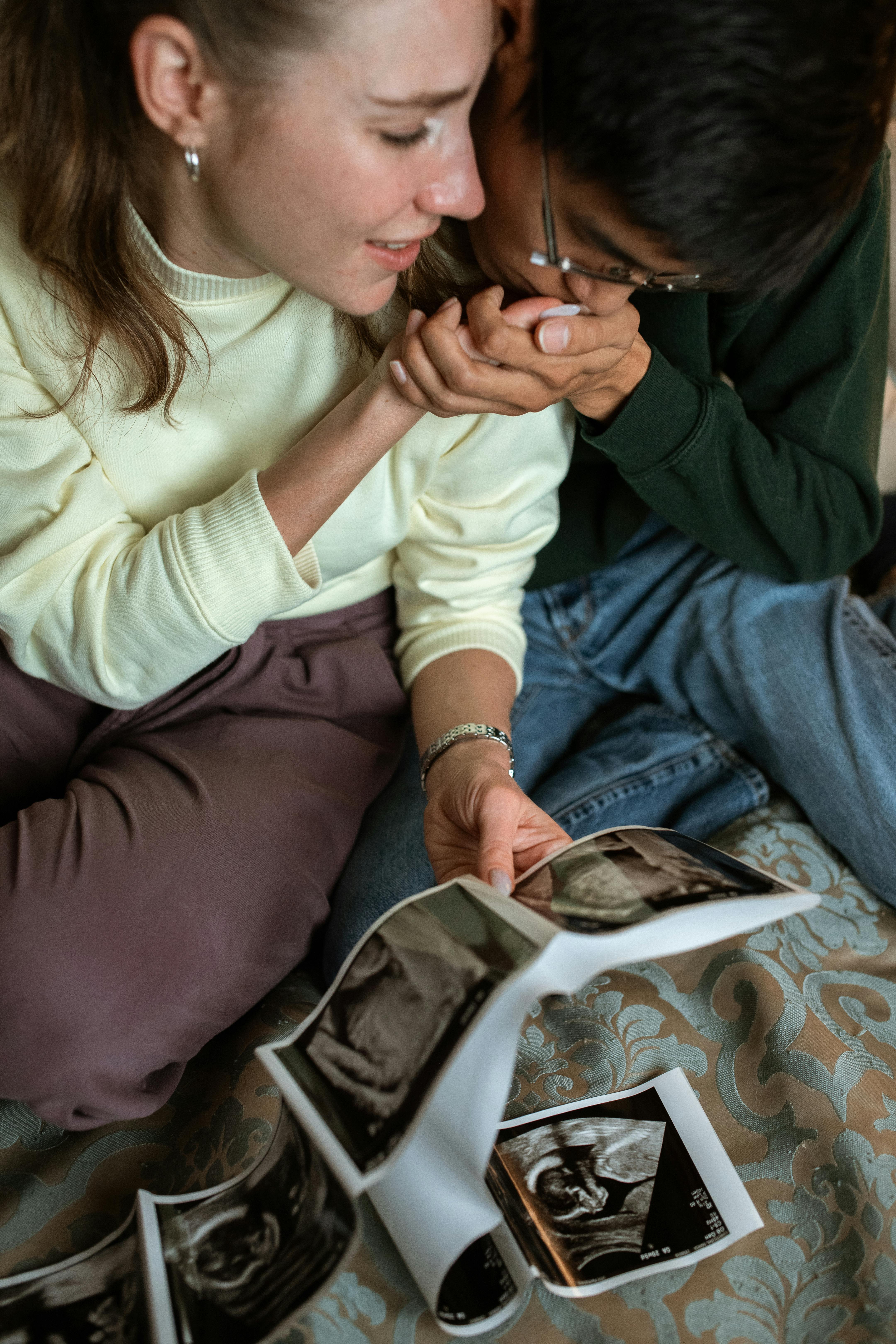Understanding and Managing Perineal Tears and Episiotomies During Childbirth: A Comprehensive Guide

Childbirth is an exhilarating and empowering experience, but it's also filled with anticipation, apprehension, and numerous physical strains. For many women, one such challenging component is the possibility of perineal tears and episiotomies. At this point, you may be wondering, 'what is a perineal tear?' or 'what does an episiotomy entail?' This comprehensive guide aims to demystify these childbirth experiences, providing you with insightful knowledge to better understand and manage perineal tears and episiotomies during childbirth.
Understanding Perineal Tears
Perineal tears refer to lacerations that occur in the perineum during childbirth. The perineum is the area between the vagina and the anus, and outcomes can vary considerably. There are four degrees of perineal tears, categorized based on their severity, and it is essential for expectant mothers to understand these to manage their expectations and facilitate efficient recovery.
First-degree tears are superficial, affecting only the skin around the vaginal opening. Second-degree tears are more profound, involving the perineal muscles beneath the skin but not reaching the anal sphincter. Third-degree tears extend further, involving the anal sphincter complex, while fourth-degree tears, the most severe, extend up to the anal canal and rectum.
Understanding Episiotomies
An episiotomy is a surgical incision made by healthcare professionals in the perineum to enlarge the vaginal opening during childbirth. This procedure was once common practice to prevent severe perineal tears, yet evidence-based medicine now dictates it should be used judiciously, only when necessary. The two types of episiotomies include mediolateral and midline episiotomies, which differ based on the incision's angle and position away from the rectum.
Preventing Perineal Tears and Episiotomies
The question on many expectant mothers’ minds is, 'how can I prevent perineal tears and episiotomies?' While not entirely preventable, there are ways to reduce the likelihood of severe perineal tearing. Pelvic floor exercises, perineal massage, and adopting specific birthing positions are among the preventive methods.
Pelvic floor exercises, also known as Kegels, strengthen pelvic muscles, thereby improving flexibility and elasticity during childbirth. The perineal massage, typically initiated from the 34th week of pregnancy, also promotes elasticity and prepares the perineal region for stretching. Opting for upright or side-lying birth positions can also reduce strain on the perineum, with research indicating less likelihood of severe tearing in such positions.
Recovering From Perineal Tears and Episiotomies
A crucial part of dealing with perineal tears and episiotomies is postnatal care and recovery. Here, it's about pain management, promoting healing, and preventing infection. Depending on the severity of the tear or cut, medical interventions may involve suturing. Pain relief medications can manage discomfort, while topical treatments can aid in healing and soothing.
By keeping the area clean, preferably washing with warm water after toilet use, risks of infection can be minimized. A well-managed diet abundant in fibre, combined with staying well-hydrated, can avoid constipation, thus reducing strain on the perineum during bowel movements. It is also essential to pay attention to your mental health during this period, as dealing with these physical strains can be emotionally taxing.
Conclusion
Encountering perineal tears and episiotomies is a potential part of childbirth many women experience. It can seem daunting, but understanding these phenomena and learning how to manage them can reduce anxiety and promote a healthier, more comfortable birthing experience. Although we can't guarantee complete avoidance, taking preventive measures can significantly reduce the likelihood and severity of tears and episiotomies. Always remember, open conversations with your healthcare practitioners will ensure the best perinatal care tailored to your needs and wishes.




